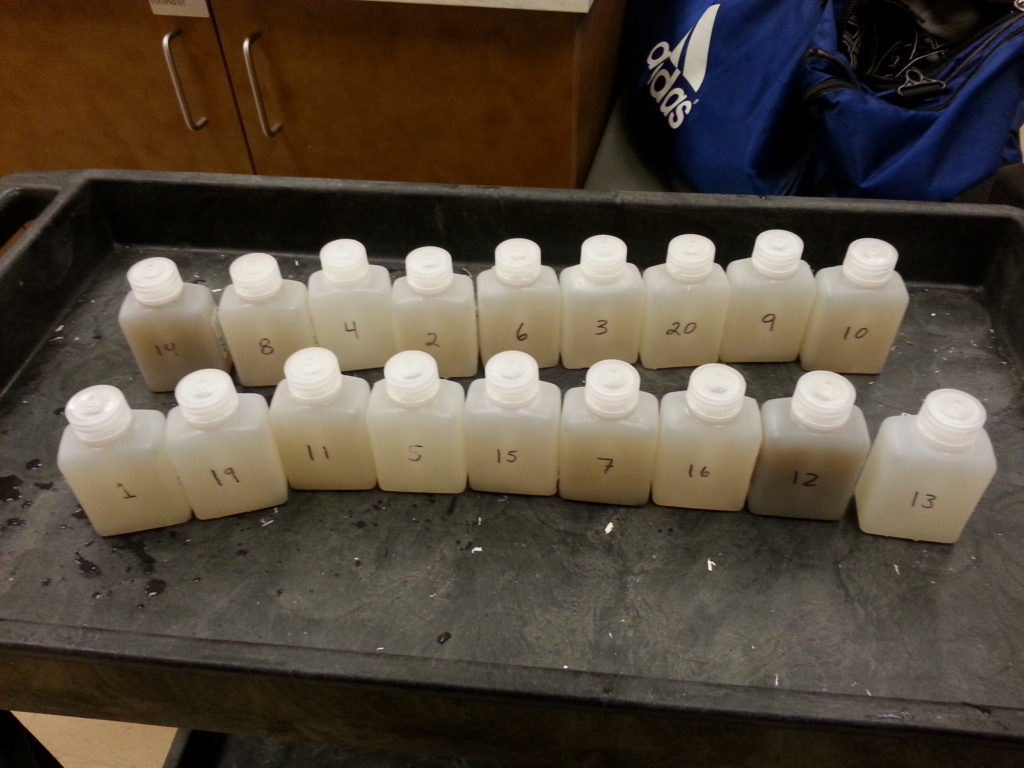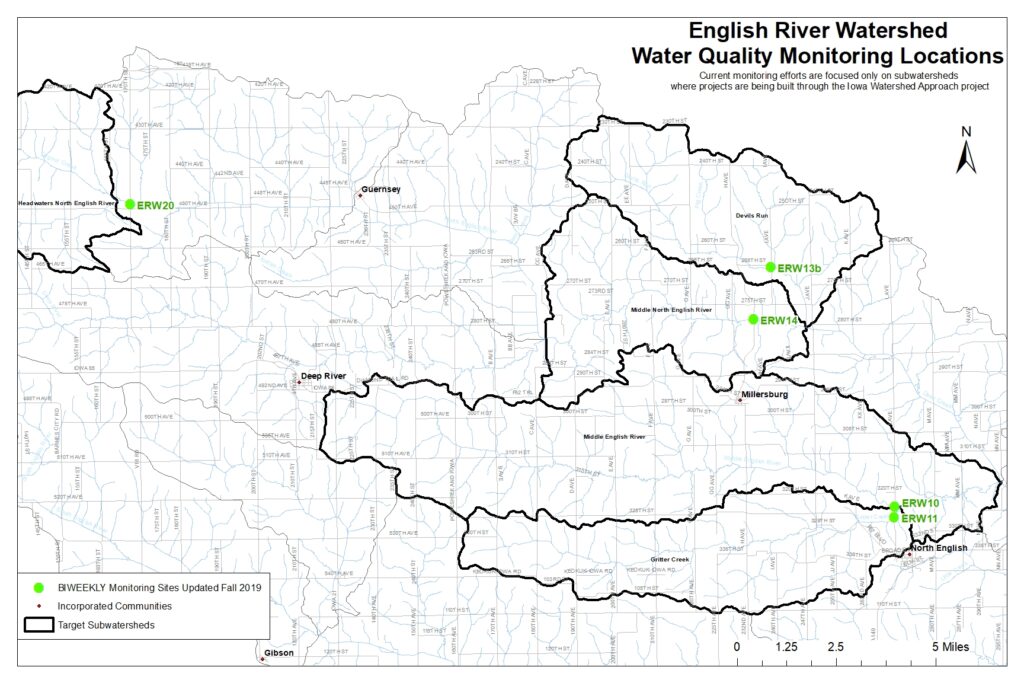Long-term water quality monitoring is essential to establishing reliable water quality baselines and changes over time and in assessing the effectiveness of targeted implementation projects. Monitoring information educates and promotes watershed stewardship. Watershed landowners and residents ranked water quality monitoring as the highest priority for the English River Watershed Management Authority.
2019 Water Quality Data (.xlsx)
- 2019 E Coli Summary Handout
- 2019 Nitrate+Nitrite Summary Handout
- 2019 ortho-Phosphate Summary Handout
- 2019 Total Phosphorus Summary Handout
2018 Water Quality Data (.xlsx)
- 2018 E Coli Summary Handout
- 2018 Nitrate+Nitrite Summary Handout
- 2018 ortho-Phosphate Summary Handout
- 2018 Total Phosphorus Summary Handout
2017 Water Quality Data (.xlsx)
- 2017 E Coli Summary Handout
- 2017 Nitrate+Nitrite Summary Handout
- 2017 ortho-Phosphate Summary Handout
- 2017 Total Phosphorus Summary Handout
Interpreting Water Quality Data (.pdf)
Water Quality Sampling Locations (.pdf)
CONTAMINANT STANDARDS:
NITRATE + NITRITE: EPA drinking water standard for nitrate is 10 ppm, and 1 ppm for nitrite. The state of Iowa also uses this standard for public drinking water supplies. Nitrate concentrations exceeding the health advisory level of 10 ppm are generally an indication of contamination from nitrogen fertilizers, sewage disposal systems, or animal manure.
E. COLI BACTERIA: Iowa Administrative Code defines the 235 CFUs/100mL as the benchmark for posing a health risk to humans recreating in the water, also referred to as a “recreational standard.” Drinking water containing greater than or equal to 1 CFU/100mL must be properly disinfected prior to consumption. The presence of E. coli bacteria suggests contamination by human or animal sewage.
ORTHO-PHOSPHATE: The state of Iowa has not established water quality standards for OP. It is typically present in very low concentrations. Orthophosphate is dissolved phosphorus stemming from animal and human waste, and decomposition of plant material.
TOTAL PHOSPHATE: The State of Iowa does not have water quality standards for TP; however, the EPA has established a benchmark value of 0.075 ppm for freshwater streams similar to the English River. Common sources of total phosphate are human, animal and industrial waste; or runoff from fertilized lawns and cropland.


